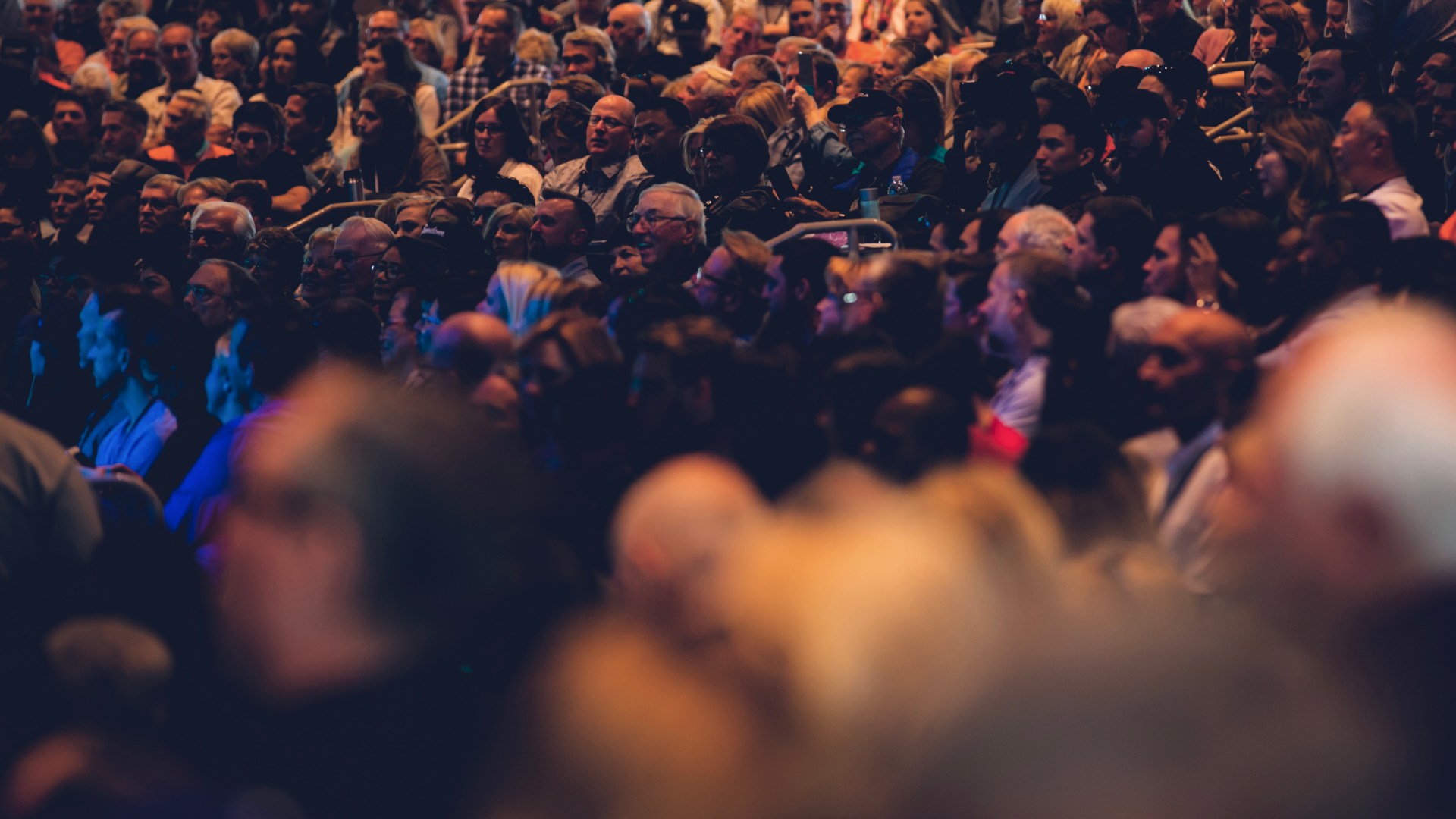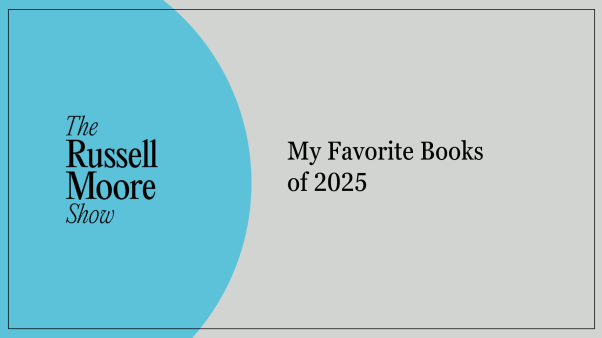An Associated Press poll last year reported that three-quarters of churchgoers in the US plan to resume regular in-person attendance as the pandemic subsides.
The pastors I know are looking out at the empty seats with their fingers crossed, hoping that prediction will eventually come true.
I confess that during the lockdown I rather enjoyed watching church services online while lounging in my bathrobe, sipping coffee, and controlling the pace with a remote. If something failed to hold my interest, I could surf the web in search of better music or a more engaging sermon.
I’m not alone. In the UK, for example, a small percent of the population attends church on average. (The late poet R. S. Thomas, a priest in the Church of Wales, called himself “a vicar of large things in a small parish.”)
Yet a quarter of British adults watched or listened to a religious service during the coronavirus lockdown, and one in 20 said they started praying during the crisis.
As my memoir, Where the Light Fell, recounts, I’ve had a checkered history with the church. As a child, I sat through hellfire-and-brimstone sermons in my Southern fundamentalist congregation—which barred Black congregants from entering and warned against electing a Catholic president (Kennedy).
To recover, I spent a few years away from church before sampling a ’60s-style house church that substituted the Communion elements of bread and wine for Coke and potato chips.
Eventually, I settled into a more traditional church in Chicago that combined a spirit of grace with an emphasis on social justice. Moving to a small town in Colorado, however, limited my options. The church I now attend once attracted a thousand regulars—but after church splits and attrition, it currently averages less than 30.
With so many good reasons to tune in remotely, I ask myself why I have returned to the rented hall we use on Sundays.
The most important reason, of course, is to worship God. The weekly gathering underscores my creaturely status as one in need of a higher moral authority. Great souls like Martin Luther King Jr., Václav Havel, and Simone Weil have reminded us that what we believe about a Creator can largely determine how we treat fellow humans—especially the marginalized—as well as our planet.
Jesus summarized the entire law in two commands: Love God and love your neighbor. I may fulfill the first one in the privacy of my home, but what about the second? “If you want to grow in love, the way to do it is not likely going to be by attending more Bible studies or prayer meetings; it will happen by getting close to people who are not like you,” writes the Canadian pastor Lee Beach.
When I walk into a new church, the more its members resemble me and each other, the more uncomfortable I feel. One Sunday I sat sandwiched between an older man hooked up to a puffing oxygen tank and a breastfeeding baby who grunted loudly and contentedly throughout the sermon.
Church offers a place where infants and grandparents, unemployed and executives, immigrants and blue bloods can all assemble together. Where else can we find that unique mixture? Certainly not online.
Not only that, but healthy congregations look beyond their walls to address the social needs around them. For all its flaws, the church still mobilizes workers to feed and shelter homeless people, adopt foster children, visit prisoners, and resettle refugees.
In in Bowling Alone, Harvard political scientist Robert Putnam noted that “Nearly half of all associational memberships in America are church-related, half of all personal philanthropy is religious in character, and half of all volunteering occurs in a religious context.”
Rather than providing an entertainment venue, the church’s real task is to equip a community to serve others—and that task becomes more challenging for those who no longer meet in person. I’ve noticed that sharp divisions over politics tend to fade in the background when believers join together in acts of service. Indeed, a true community can begin to take shape.
As I worked on my memoir, I came to view church like a family—a dysfunctional cluster of needy people. I think back to members of my childhood church, who showed up each Sunday to hear the pastor threaten them with hell, punishment for sins, and imminent Armageddon. They came in part from fear, but also because, like a family, they needed each other to withstand the assaults of life.
Many of them were members of the working class. They didn’t sit at home evenings fretting over the fine points of theology; they worried about how to pay bills and feed the kids. When a family’s house burned down, or a drunken husband locked his wife out, or a widow couldn’t afford her groceries, they had nowhere to turn but their local church.
Since those childhood days, I have encountered many grace-dispensing churches that serve needs beyond those of their members. Admittedly, the pews are less comfortable than the chairs in my living room, and the quality of the worship service can’t match the slick productions I watched during the pandemic’s lockdown periods.
What they do tend to have, though, is a strong sense of community—something all too rare in our individualistic society.
Philip Yancey is the author of many books including, most recently, the memoir Where the Light Fell.











